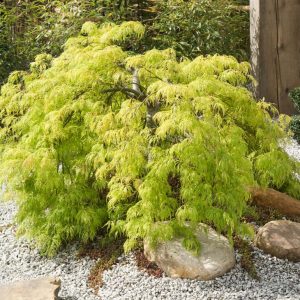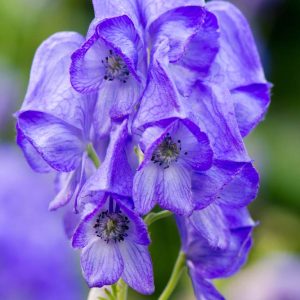Description
Cephalotaxus – Plum Yew –
There are about 10 species of evergreen, normally dioecious, occasionally monoecious, coniferous, small tree or shrubs, in this genus. They occur from forest understory in Eastern Asia. They are usually multi stemmed with flaking brown or reddish bark. They produces deep green, leathery foliage which is yew (taxus) like, but longer, spreading, 2 ranked on either side of the green shoots, the under surfaces of the leaves have glaucous or silver bands. Female plants produces fleshy, globular, olive or plum like, fruits which ripen to reddish brown. Males produce pollen cones. Plum yews grow well in shaded sites and useful as hedging.
Grow in fertile, moist but well drained soil in partial shade, or in sun in cool, moist climates. Shelter from wind. Trim hedges in early summer. Tolerant of hard clipping.
C. harringtonia ‘Prostrata’ – Japanese Plum Yew – Cowtail Pine – Plum Yew – This coniferous shrub, grows 2-5′ feet tall and wide. It produces sharp pointed, slightly curved or linear, olive green leaves, 1 ½-2 ½” long, rising either side of the shoots in a wide “v”shape. Female plants produce ovoid to obovoid, olive green fruit, 1 1/4″ long in autumn.
Zones 6-10





